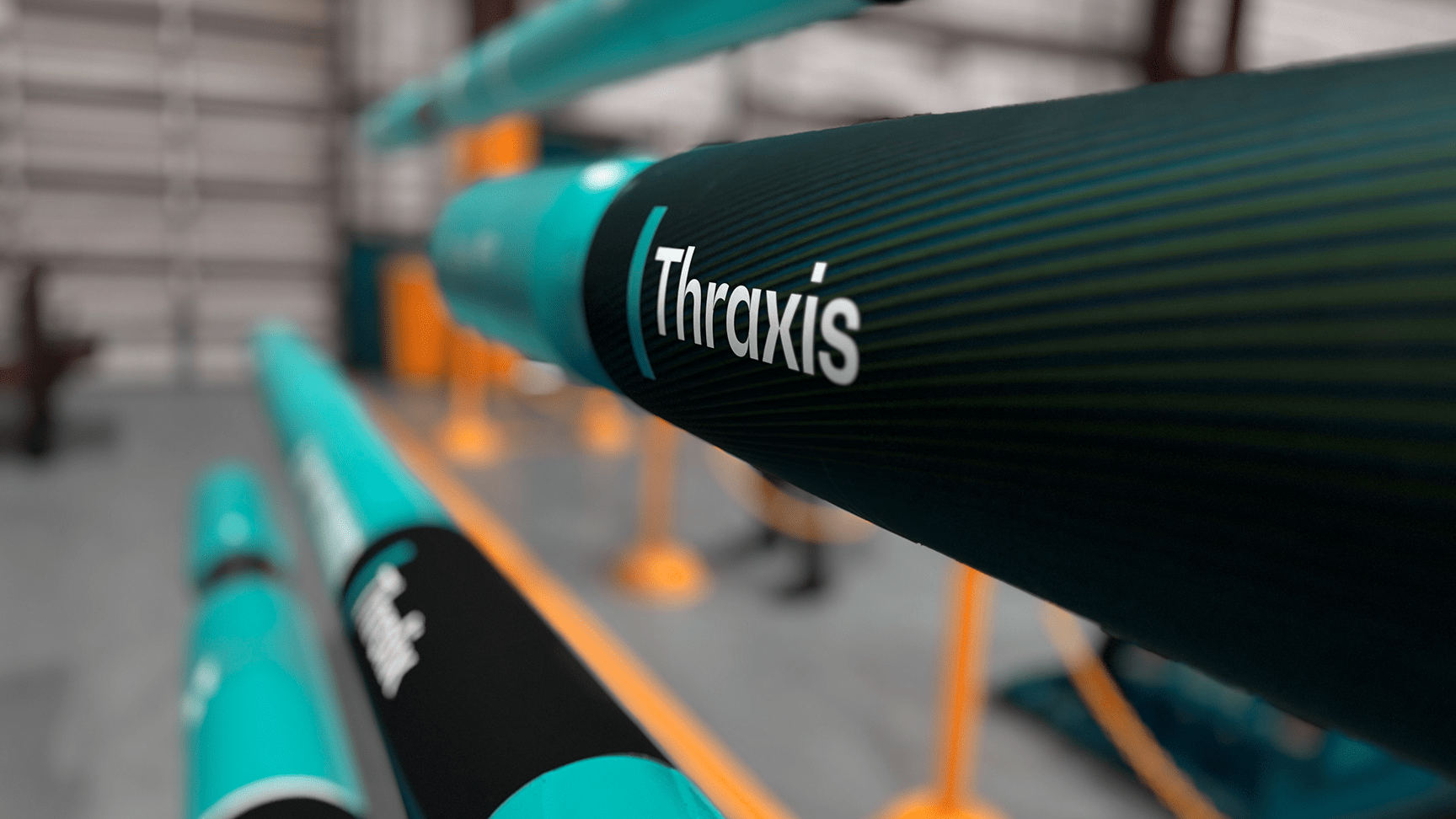TAQA’s Thraxis’ unique designs fit differing global applications from large-diameter, high-temperature geothermal wells to slim-hole shale applications paired with vibratory/agitation tools.
Thraxis Shock subs are built to fit your specific application, designed and engineered for maximum efficiency across applications ranging from straight hole conventional to ERD applications, and are compatible paired with multiple vibratory tools/agitation tools.
